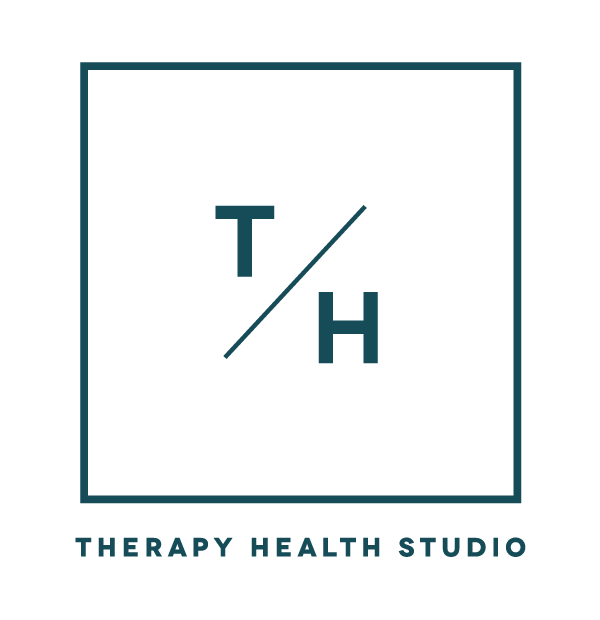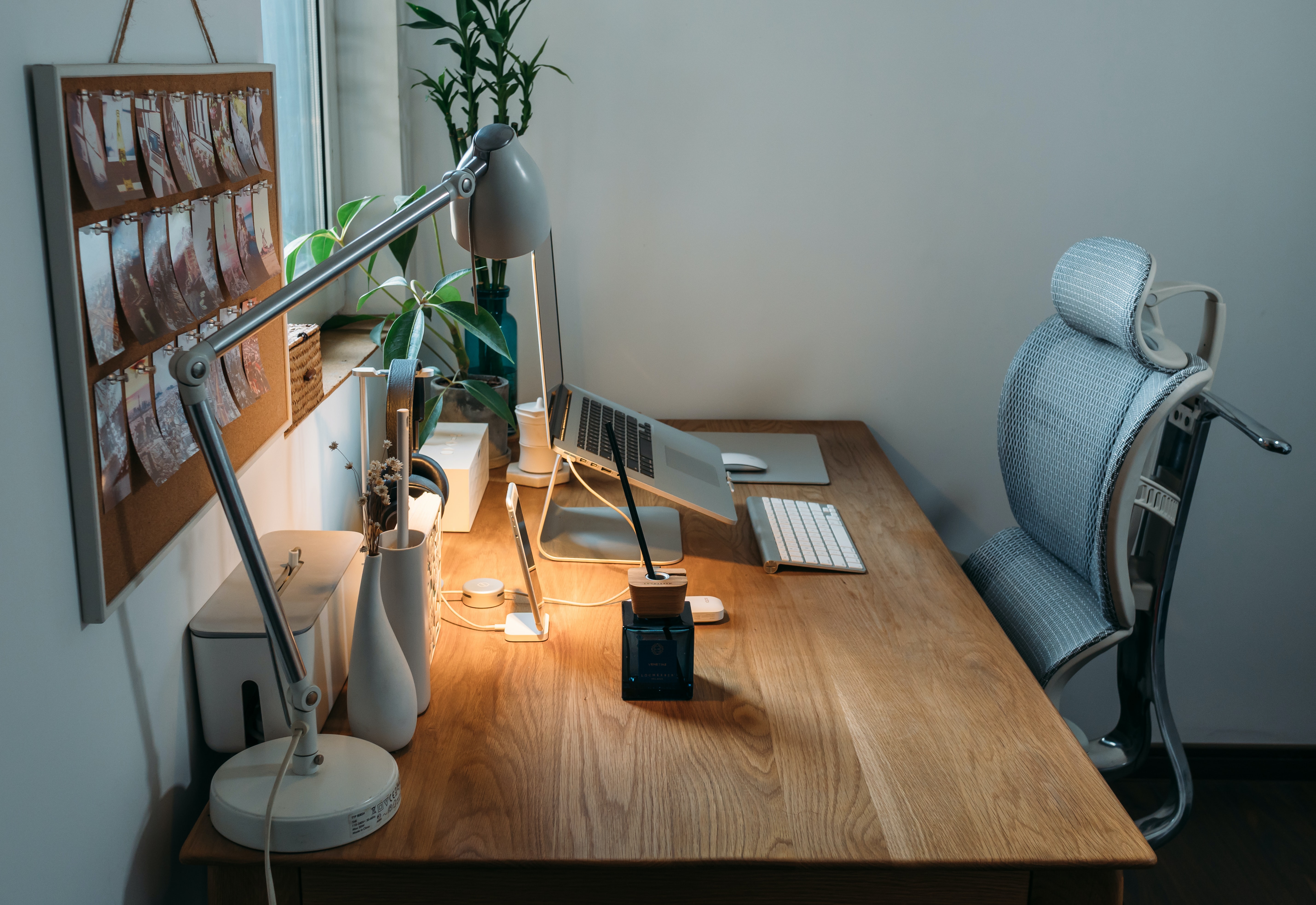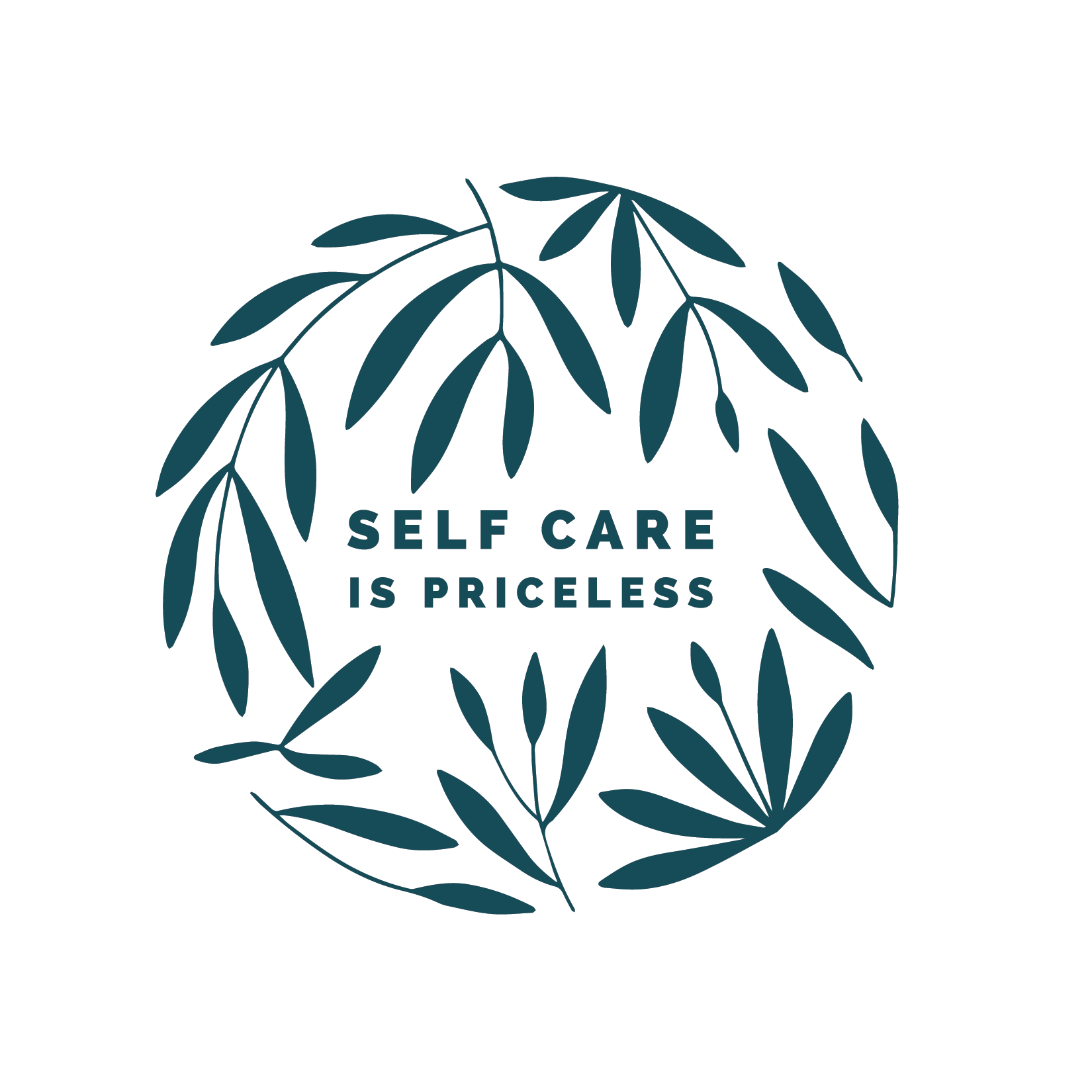
When you experience the unpleasant sensations of back pain, you probably want to find relief as soon as possible! Massage therapy is an excellent option for muscular pain relief and for good reason too. RMT’s are ALL about muscles and they understand the science behind why massage works.
Have you ever wondered, how does massage actually relieve back pain?
As Massage Therapists, we know a lot about human anatomy + biology. Our education is a serious deep dive into muscles, tissue, joints, nerves, our internal systems and the science of how everything is connected. To become an RMT you have to understand the dynamics of the body, how it functions, and how it has the ability to naturally heal. So we can then utilize our massage techniques, towards effective treatment.
Instinctually, often we rub our tight muscles for tension relief. Even a quick self massage can help pain ease up temporally, The reason for this is that the tighter a muscle becomes, the less circulation is drawn to the tight area. Think of blood flow like our body’s engine oil. The healthier the blood flow, the more our muscles and joints can move and function with better ease. The tighter and “dryer” muscles and joints become, the more restricted, sluggish and stiff we are (like the tin man in wizard of oz!). Our body will always send warning signals that an area needs to be addressed. Tightness, positional pain, referral, a dull ache of a headache + tingling are all precursors of what’s to come if things don’t let up.
When you receive a massage, your RMT assesses the areas that could be the culprit to your back pain. Then we look at the issue in a broader, more holistic sense with a science/biology twist.
For example, if the pain is coming from the lower back, we think about what compensatory structors + issues could be contributing to the pain, like tightness and imbalances in the hips and legs. By creating a treatment plan of action, RMT’s use our understanding of how increasing blood flow by mobilizing through the layers of tissue and directly pinpointing areas of restriction through deep tissue work, creates a biological reaction. When areas are addressed through massage, healthy circulation, containing nutrients and oxygen, replenish sluggish areas and works to decrease inflammation and heal.
Once circulation is returned to areas of discomfort and restriction, another important biological reaction happens too. Hormones, which are like our bodies naturally stocked pharmacy, begin to take action.
Circulation carries everything we need to heal naturally. Including incredible hormones working like medication to provide pain relief and a deep sense of relief and relaxation. Serotonin, dopamine + oxytocin release in response to therapeutic massage techniques that may feel more “spicy” during treatment but end up being the greatest areas of relief post massage. As the hormones help you process the discomfort of the area in pain, and the circulation provides the tissues with what they need to repair, the result is applied biological healing, where you’r own body continues to do the work. During the massage and for days after!
The feeling of tenderness, usually the next day after a massage, is your body processing the applied treatment as you continue to heal.
It’s common to feel tender the next day in areas addressed by therapeutic massage techniques, and that’s actually a good thing! It means your body is working hard to repair, clear and reset the areas of dysfunction. During this time, inflammation decreases and the body has an opportunity to shift. This is where your home care is an important component to your recovery, so if your therapist offers any tips of tricks for your post massage recovery, take note!
Back pain is a very common complaint that brings lot’s of people to our massage tables. You can trust that by seeing a registered massage therapist, you are literally in good hands! Our job is use everything in our RMT toolbox to get you relief from your symptoms of back pain and help you understand how to move forward from discomfort and heal.
Are you looking for relief from you back pain? Reaching out to an RMT is a great step towards relief.





